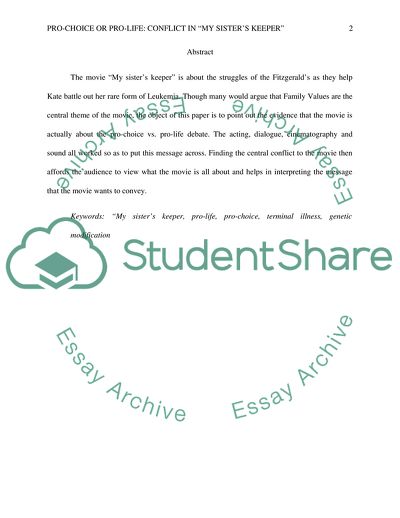Cite this document
(The Essential Conflict in the film 'My Sisters Keeper' Movie Review, n.d.)
The Essential Conflict in the film 'My Sisters Keeper' Movie Review. https://studentshare.org/visual-arts-film-studies/1810289-my-sisterss-keeper
The Essential Conflict in the film 'My Sisters Keeper' Movie Review. https://studentshare.org/visual-arts-film-studies/1810289-my-sisterss-keeper
(The Essential Conflict in the Film 'My Sisters Keeper' Movie Review)
The Essential Conflict in the Film 'My Sisters Keeper' Movie Review. https://studentshare.org/visual-arts-film-studies/1810289-my-sisterss-keeper.
The Essential Conflict in the Film 'My Sisters Keeper' Movie Review. https://studentshare.org/visual-arts-film-studies/1810289-my-sisterss-keeper.
“The Essential Conflict in the Film 'My Sisters Keeper' Movie Review”. https://studentshare.org/visual-arts-film-studies/1810289-my-sisterss-keeper.


